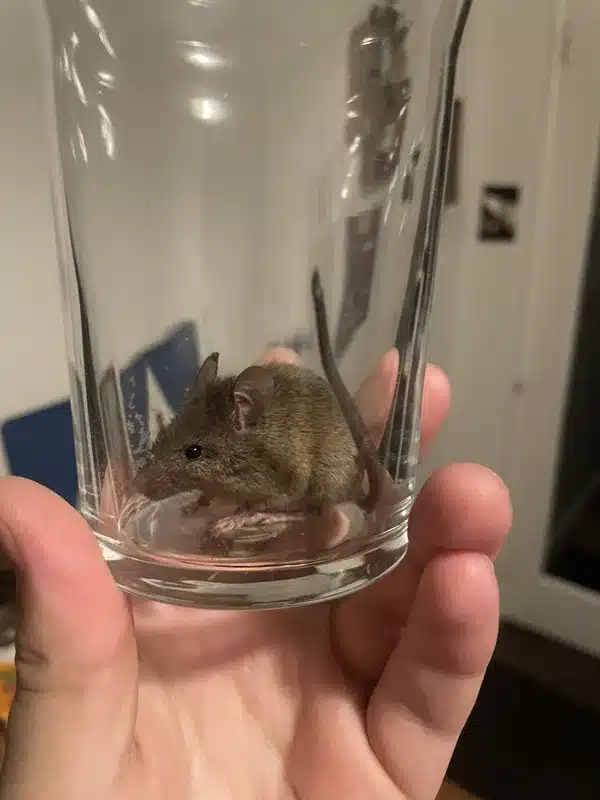When you hear scurrying in your walls or find droppings in your pantry, you might assume all mice are the same. But understanding the difference between field mice vs house mice can make a huge difference in how you handle the problem. In my years working as a licensed pest control technician, I’ve seen homeowners struggle with rodent issues because they misidentified what type of mouse they were dealing with.
These two types of mice have completely different habits, health risks, and control strategies. House mice are year-round indoor pests that breed constantly, while field mice are seasonal invaders that primarily live outdoors. Getting the identification wrong can lead to ineffective treatment and potentially serious health risks.
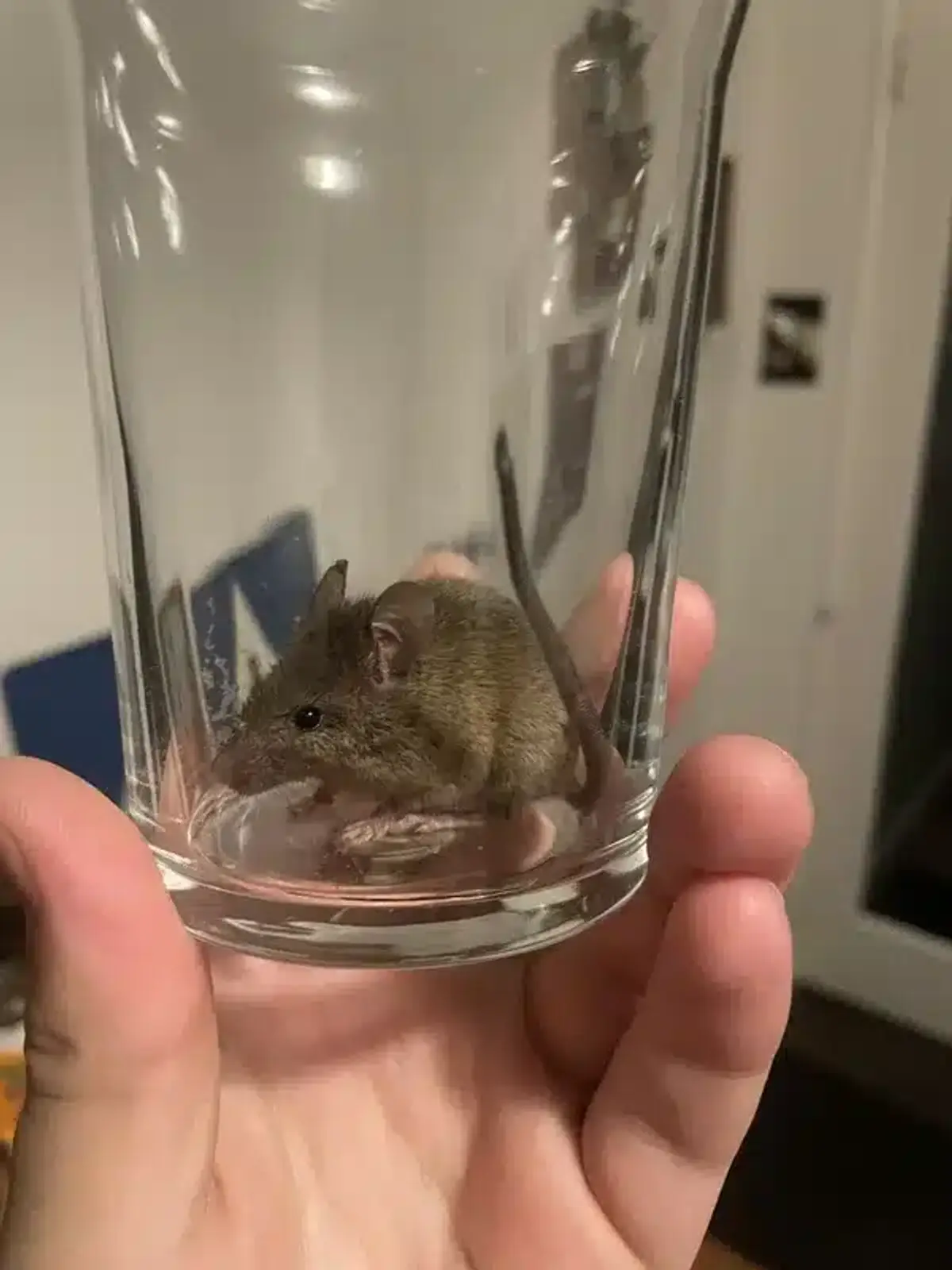
Physical Differences: Field Mice vs House Mice
The easiest way to tell field mice vs house mice apart is by looking at their coloring. House mice have uniform light-brown to gray coats with slightly lighter bellies. Their tails are nearly the same color as their backs, giving them a consistent appearance throughout.
Field mice, on the other hand, have a completely different look. These mice feature a sharp two-tone pattern with brown or gray backs and pure white bellies, feet, and inner legs. Their tails are also bicolored - dark on top and white underneath.
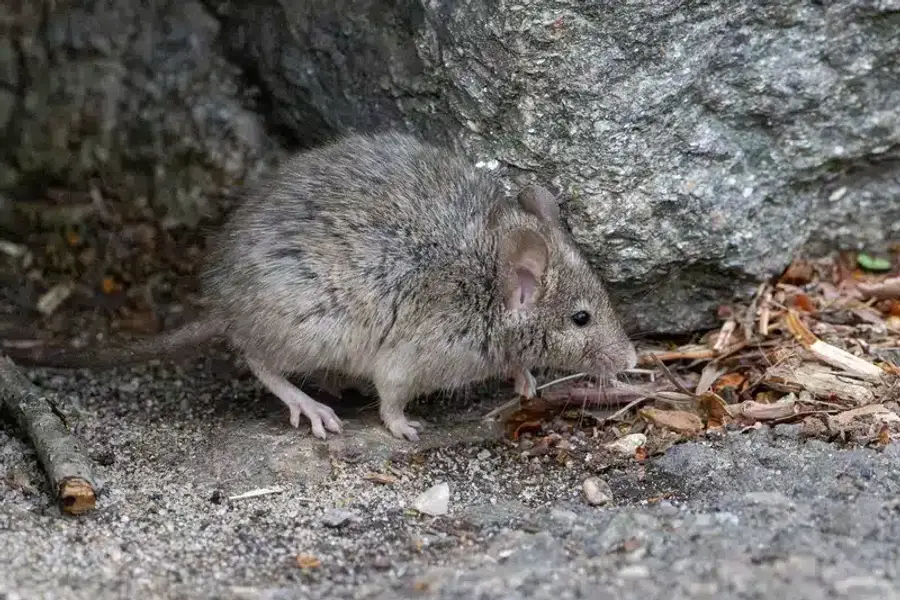
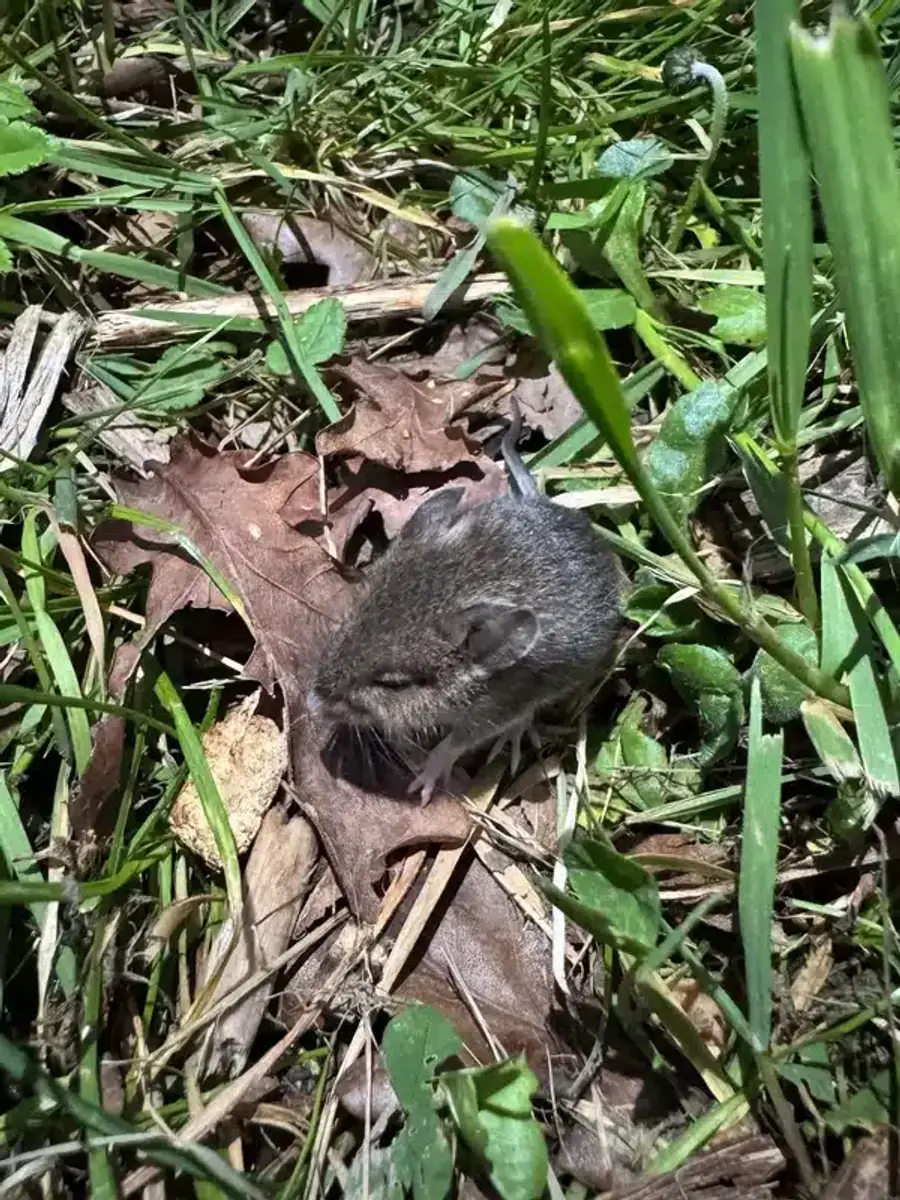
Size-wise, both species are quite similar. House mice typically measure 5-7 inches total length with 3-4 inch tails and weigh about 15 grams. Field mice are slightly larger at 5.5-8 inches total length with similar tail proportions, weighing 16-29 grams.
Another key difference is in their facial features. Field mice have proportionally larger eyes and ears compared to house mice. This adaptation helps them navigate their primarily outdoor, nocturnal lifestyle.
| Feature | Field Mice | House Mice |
|---|---|---|
| Coloring | Two-tone: brown backs, white bellies | Uniform gray-brown throughout |
| Size | 5.5-8 inches (16-29g) | 5-7 inches (~15g) |
| Tail | Bicolored: dark above, white below | Same color as body |
| Eyes & Ears | Proportionally larger | Smaller, proportional to body |
Habitat and Seasonal Behavior Patterns
Understanding where these mice prefer to live is crucial for effective control. House mice are strongly drawn to human structures and thrive in buildings, barns, warehouses, and grain facilities. They can survive outdoors but prefer the consistent food and shelter that our homes provide.
Field mice take a completely different approach. These rodents favor woodlands, brushy fields, fencerows, and outbuildings. They’re primarily outdoor creatures that only use buildings opportunistically, usually when outdoor conditions become challenging.
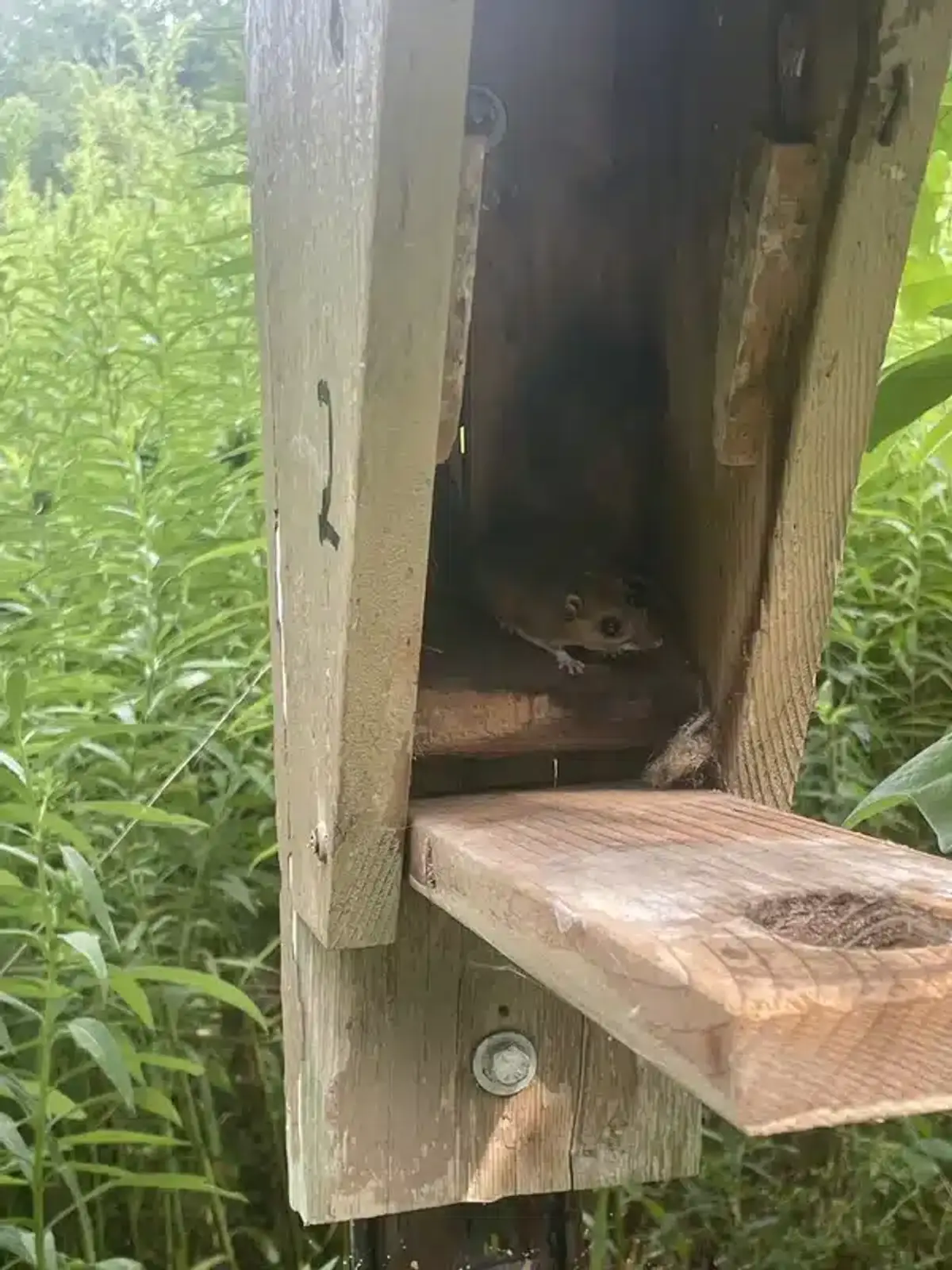
The seasonal patterns are where field mice vs house mice really differ. Field mice are seasonal invaders that typically move indoors when nights cool in fall or food becomes scarce outdoors. Once spring arrives and outdoor conditions improve, they generally return to their natural habitats.
House mice, however, are year-round pests. They breed efficiently under the cover and warmth that indoor environments provide. This means they can maintain and grow their populations throughout every month of the year, making them much more persistent problems.
Field Mice vs House Mice: Nesting and Diet Differences
The nesting behaviors between these species provide another clear way to distinguish field mice vs house mice. House mice create finely-shredded nests using paper, fabric, and insulation. They prefer to nest within 30 feet of food sources, often in wall voids, near appliances, or in stored goods areas.
Field mice build bulky nests from grass and leaves, typically in tree hollows, stumps, cavities, or seldom-used building spaces. Here’s a diagnostic sign that’s particularly helpful: field mice are prone to caching nuts and seeds near their nests. Finding a stash of acorns or cherry pits is a strong indicator you’re dealing with field mice rather than house mice.
Their diets also reflect their different lifestyles. House mice are nibblers that prefer grains but will sample almost any human food, pet feed, or even soap. Field mice stick to wild foods like seeds, nuts, fruits, and insects, which explains their seasonal movement patterns as these food sources become scarce.
Field Mouse Identification Signs
- Food Caches: Look for stashes of acorns, cherry pits, or seeds near nesting areas
- Nesting Materials: Bulky nests made from grass, leaves, and natural materials
- Location Preference: Tree hollows, stumps, or seldom-used building spaces
- Seasonal Activity: Most active during fall and winter months indoors
Health Risks and Pest Concerns
This is where properly identifying field mice vs house mice becomes absolutely critical for your family’s health. Field mice pose a significant risk because they’re the primary carriers of hantavirus in North America. Specifically, deer mice can carry Sin Nombre virus, and studies show that up to 12% of wild deer mice may carry the virus in some regions.
White-footed mice, common in eastern states like Virginia and Maryland, are also documented carriers of hantavirus. Additionally, these mice serve as critical hosts for larval black-legged ticks, which significantly amplifies Lyme disease risk in Mid-Atlantic areas.
House mice present different health concerns. They’re linked to salmonellosis transmission and can contribute to allergen loads in indoor air. While these risks are serious, they’re generally less immediately life-threatening than hantavirus exposure.
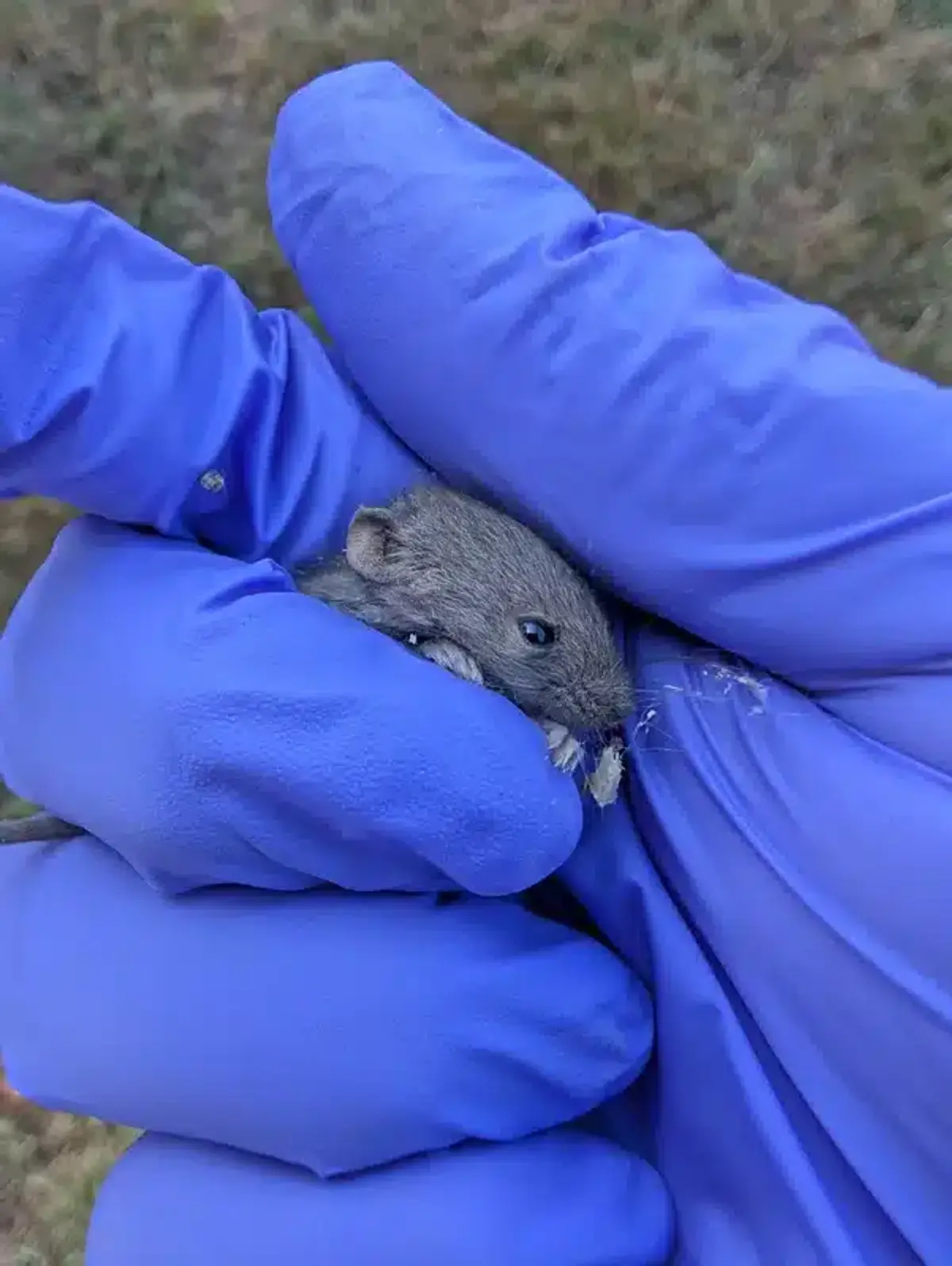
Because of these health differences, cleanup procedures vary significantly. Field mice infestations require strict hantavirus precautions, including proper ventilation, disinfection, and respiratory protection during cleanup.
What does the science say?
According to CDC surveillance data, deer mice in some regions carry Sin Nombre hantavirus at rates up to 12%. The CDC’s hantavirus surveillance program has documented over 850 cases of hantavirus pulmonary syndrome since 1993, with a case fatality rate of approximately 35%. White-footed mice in the Mid-Atlantic region are also documented carriers, making proper species identification critical for appropriate safety protocols during cleanup and control procedures.
Mouse Droppings Identification Guide
Identifying mouse droppings is often the first clue homeowners get about their rodent problem. Unfortunately, distinguishing field mice vs house mice by droppings alone can be challenging since they’re quite similar in size and shape.
Both species produce droppings that are 3-6 mm (about 1/8 to 1/4 inch) long, rod-shaped with pointed ends. Field mice droppings may be slightly longer, sometimes reaching a full 1/4 inch, but this difference isn’t reliable enough for definitive identification.
More helpful signs include the presence of food caches with field mice and the absence of the musky odor that house mice typically produce. Field mice also tend to leave their droppings in more scattered patterns since they don’t establish the same concentrated activity areas as house mice.
When working on rodent control jobs in areas like Old Town Alexandria, I’ve learned that combining dropping identification with other signs like nesting materials and food caching gives the most accurate picture of which species you’re dealing with.
Field Mice vs House Mice: Entry Patterns
Both field mice and house mice can squeeze through remarkably small openings - gaps as small as 1/4 inch. However, their entry patterns differ based on their natural behaviors and preferred habitats.
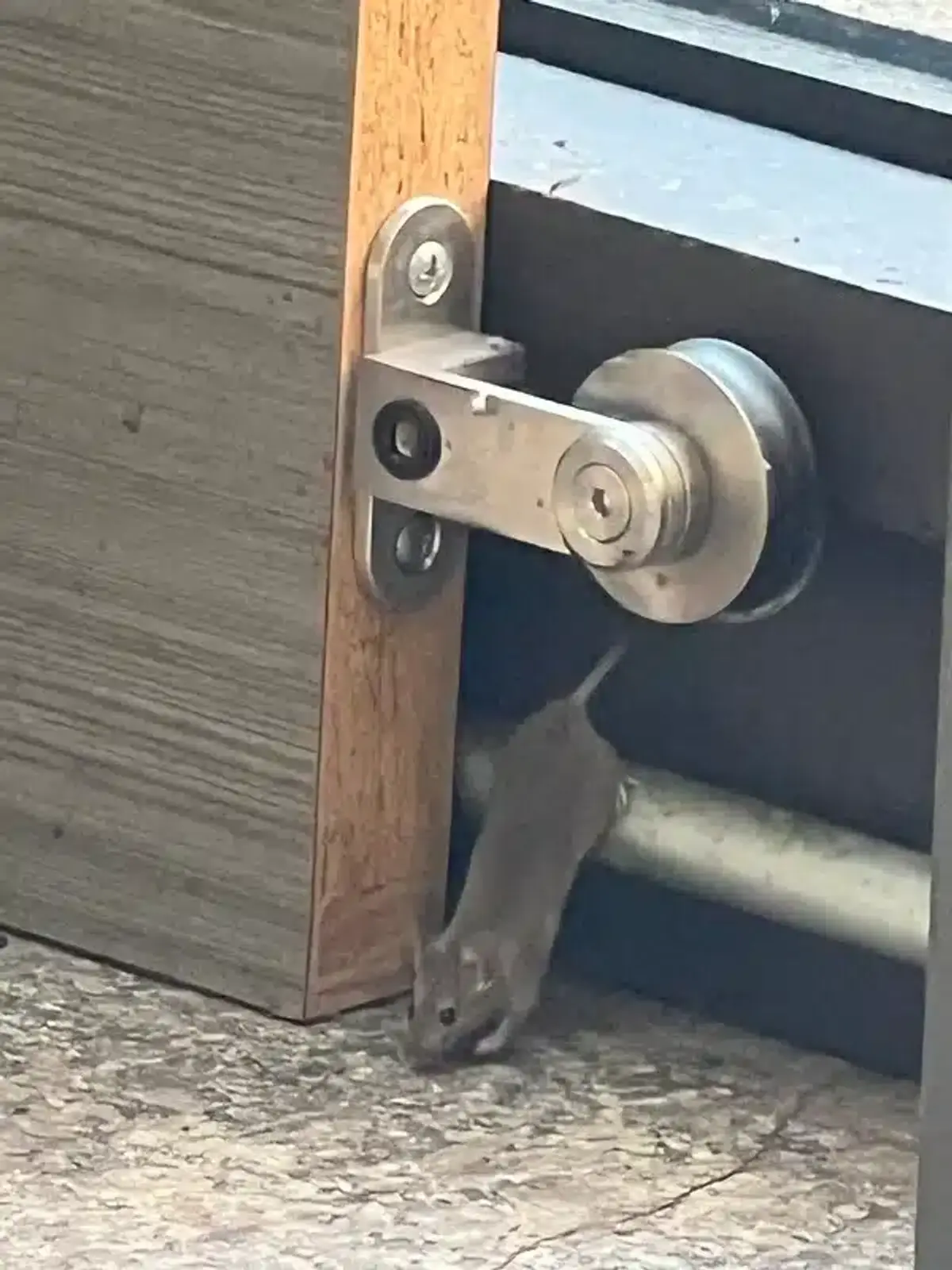
House mice typically enter at ground level through gaps around sill plates, utility penetrations, and door thresholds. They’re looking for consistent access to indoor food and shelter, so they focus on entry points that provide direct access to living spaces.
Field mice are excellent climbers and often enter through roof-tree interfaces, gaps around windows, and openings in upper levels of structures. Since they’re more comfortable in trees and elevated areas, they may access your home from above rather than ground level.
Understanding these patterns helps with both identification and control. If you’re finding evidence of mice activity primarily in upper levels or near wooded areas, you’re more likely dealing with field mice.
Pest Control Strategies for Each Species
Effective control depends entirely on correctly identifying field mice vs house mice because their behaviors demand different approaches. In my experience developing our four-step rodent protocol, I’ve seen how critical proper identification is for successful treatment.
House Mice Pest Control Methods
Since house mice are year-round pests that breed continuously indoors, control requires persistent monitoring and treatment. Dense snap-trap deployment with traps spaced no more than 10 feet apart is often necessary for established indoor colonies.
Long-term baiting with tamper-resistant stations is particularly effective because house mice remain in the structure consistently. Our approach focuses on identifying hot spots during inspection and maintaining tri-annual treatments (three times per year) to prevent population rebounds.
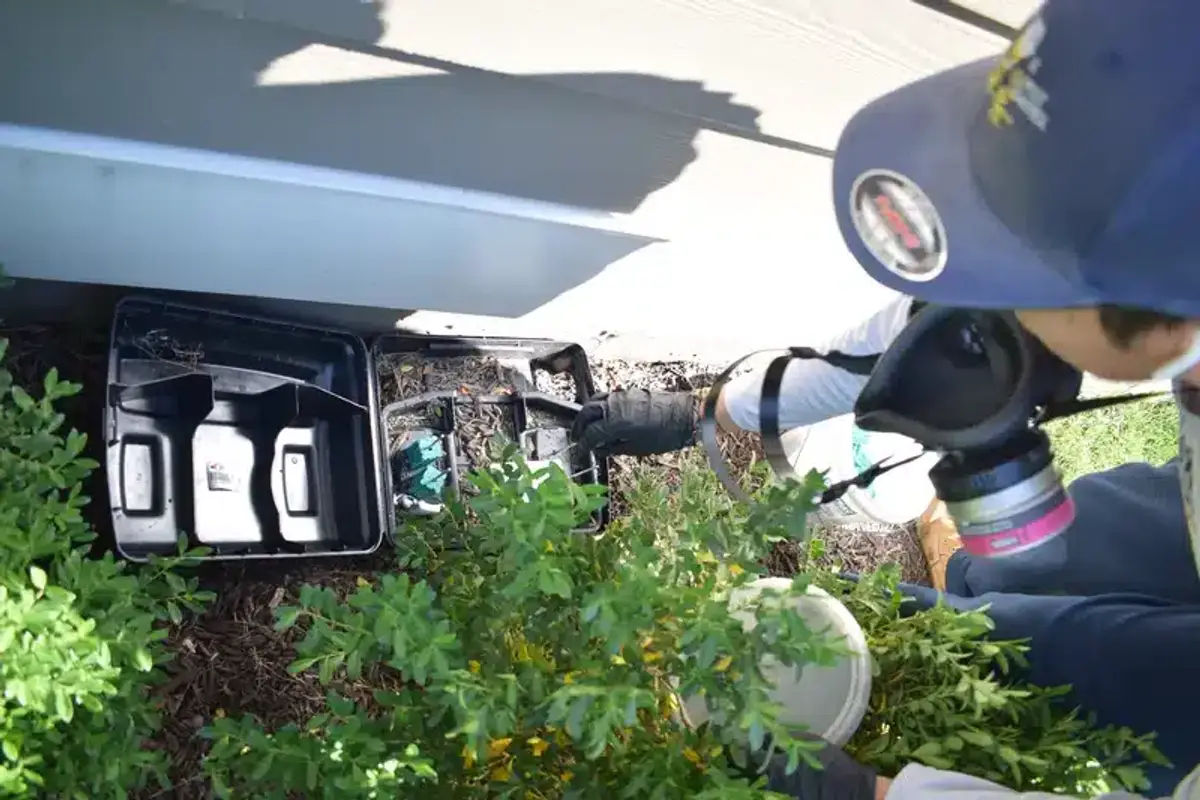
Field Mice Pest Control Approaches
Field mice require a more targeted approach focused on entry points and seasonal timing. Since they’re primarily outdoor pests, controlling them often involves addressing perimeter conditions and sealing access points before peak invasion periods.
Environmental modification is particularly effective for field mice. This includes managing perimeter vegetation, relocating woodpiles away from structures, and pruning tree limbs that touch roofs to reduce arboreal access routes.
One important note: avoid using glue boards for field mice because stressed mice in these traps can release virus-laden excreta, increasing hantavirus exposure risk.
Exclusion and Prevention Methods
Regardless of which species you’re dealing with, exclusion remains the most effective long-term solution. Both field mice and house mice can enter through openings as small as 1/4 inch, so thorough sealing is essential.
Key exclusion steps include sealing all gaps 1/4 inch or larger with metal, hardware cloth, or mortar. Door sweeps are particularly important since both species commonly enter under doors. For mice in attic spaces, focus on roof penetrations and areas where utilities enter the structure.
Contrary to what some companies suggest, extensive attic re-insulation is rarely necessary for mouse control. In most cases I’ve worked, the lower-level baiting and exclusion work provides the most effective results without the extreme expense of full insulation replacement.
When Proper Identification Saved a Family
During my training in Old Town Alexandria, we responded to what homeowners thought were “just house mice” in their kitchen. The telltale signs we found changed everything about our approach and safety protocols.
- Initial assumption: Standard house mouse infestation based on droppings
- Key discovery: Food caches of sunflower seeds and acorn pieces hidden behind appliances
- Critical identification: Two-tone coloring confirmed field mice (white-footed mice)
- Protocol change: Immediately switched to hantavirus safety procedures
This experience taught me why correct species identification isn’t just about choosing the right traps - it’s about protecting families from serious health risks.

Sanitation plays different roles depending on the species. For house mice, removing indoor food sources and storing pet food and birdseed in metal or glass containers is crucial. For field mice, managing outdoor attractants like fallen fruits and accessible bird feeders is more important.
Geographic Considerations in the Mid-Atlantic
In our service area covering Virginia, Maryland, and DC, both species present unique challenges based on local conditions. House mice occur statewide and year-round in structures throughout the region.
White-footed mice are found throughout Maryland’s forest edge habitats, while deer mice are more common in western Virginia near the Blue Ridge Mountains. This geographic distribution affects both identification and risk assessment.
The region’s humid summers and moderate winters create ideal conditions for house mouse breeding, with population peaks typically occurring in late summer and fall as outdoor food sources become scarce. Understanding these seasonal patterns helps homeowners time their prevention efforts more effectively.
Why Professional Identification Matters
After working on hundreds of rodent control jobs throughout Northern Virginia and Maryland, I can’t emphasize enough how important correct identification is. Misidentifying a field mouse infestation as “just house mice” can lead to cleanup without proper hantavirus precautions - a serious health risk.
The control tactics also differ significantly. Year-round interior monitoring is essential for house mice, while external habitat modification may be sufficient for seasonal field mouse invasions. Getting this wrong wastes money and fails to solve the problem.
Professional inspection focuses on multiple identification factors: physical characteristics, nesting materials, food caching behavior, entry patterns, and seasonal timing. This comprehensive approach provides much more reliable identification than trying to distinguish species based on droppings alone.
Additionally, understanding the differences between rats and mice adds another layer of complexity that requires experience to navigate properly. Each species demands specific control strategies for effective results.
Long-Term Management and Prevention
Successful long-term control of either species requires ongoing monitoring and maintenance. For house mice, this means tri-annual inspections (three times per year) and re-baiting since these persistent indoor pests can quickly reestablish populations.
Field mouse management focuses more on seasonal preparation and habitat modification. Before fall weather drives them indoors, ensuring all entry points are sealed and outdoor attractants are managed provides the most effective prevention.
Our experience has shown that the most successful rodent programs combine accurate identification with species-specific control strategies and consistent follow-up. This approach addresses both immediate infestations and long-term prevention more effectively than generic “one-size-fits-all” treatments.
Whether you’re dealing with field mice or house mice, quick action and proper identification are key to protecting your home and family. If you’re seeing signs of mouse activity or want to learn more about effective prevention strategies, professional assessment can save you time, money, and potential health risks. Call us at 703-683-2000 or email info@bettertermite.com for a detailed inspection and customized treatment plan based on your specific situation.
Frequently Asked Questions
How can I tell the difference between field mice vs house mice?
+
The main difference is coloring. House mice have uniform gray-brown coats, while field mice have distinct two-tone coloring with brown backs and white bellies. Field mice also have larger eyes and ears, and their tails are bicolored (dark above, white below).
Are field mice more dangerous than house mice?
+
Field mice pose higher health risks because they can carry hantavirus, which can be life-threatening. Both deer mice and white-footed mice are documented hantavirus carriers. House mice typically pose lower health risks, mainly linked to salmonella and indoor allergens.
Why do field mice come inside my house?
+
Field mice are seasonal invaders that typically move indoors when outdoor temperatures drop in fall or when natural food sources become scarce. Unlike house mice, they prefer to live outdoors and only use buildings temporarily when conditions require it.
Do field mice and house mice require different control methods?
+
Yes, control strategies differ significantly. House mice need year-round indoor monitoring and treatment since they breed continuously indoors. Field mice require seasonal prevention, outdoor habitat modification, and targeted entry point sealing before fall invasion periods.
Can I identify mouse species by their droppings?
+
Mouse droppings alone are not reliable for distinguishing field mice vs house mice since both produce similar-sized, rod-shaped droppings. Better identification comes from combining dropping location with nesting materials, food caching behavior, and physical sightings of the mice themselves.
How small of an opening can mice squeeze through?
+
Both field mice and house mice can squeeze through openings as small as 1/4 inch (6mm). This means gaps around utility penetrations, door thresholds, and sill plates all need to be sealed to prevent entry.
What attracts field mice vs house mice to my property?
+
House mice are attracted to indoor food sources like grains, pet food, and human food scraps. Field mice are attracted to outdoor food sources like nuts, seeds, and fruits, plus shelter opportunities near wooded areas or overgrown vegetation.
Are field mice active year-round like house mice?
+
No, field mice are primarily active outdoors and only invade buildings seasonally, usually in fall and winter. House mice remain active year-round indoors, breeding continuously and maintaining persistent populations throughout all seasons.
With five years of hands-on experience in the pest control industry, George Schulz is a registered technician with the Virginia Pest Management Association and a proud third-generation professional in a family business that's been protecting homes for over 57 years. He manages and trains a team of service pros while also leading internal research efforts—recently spearheading a deep-dive review of thousands of documents on pest control materials to hand-pick the most kid and pet friendly, most effective solutions tailored specifically for homes in the DC metro area.
